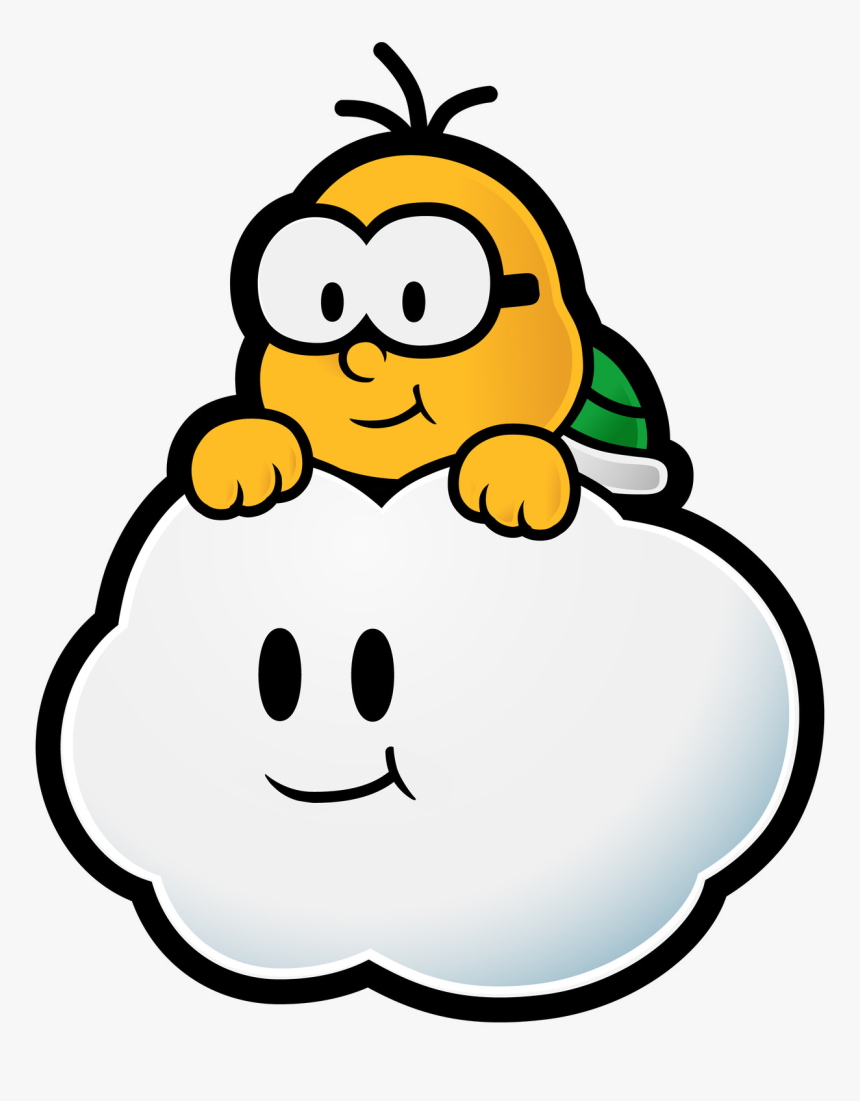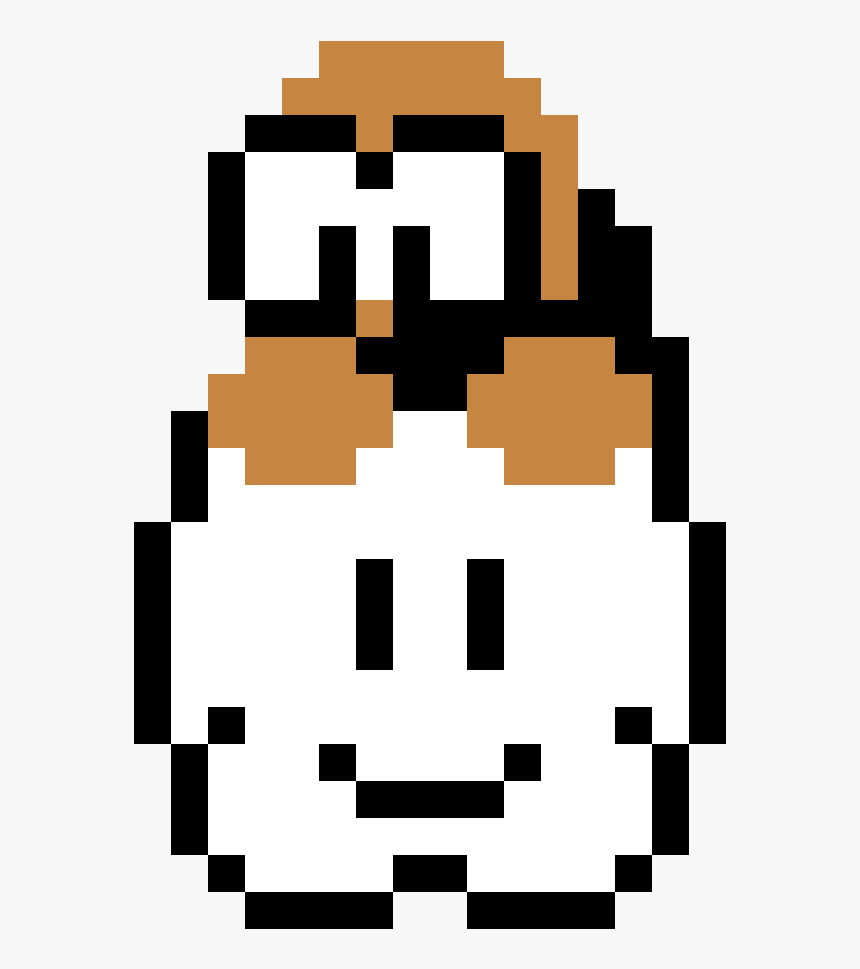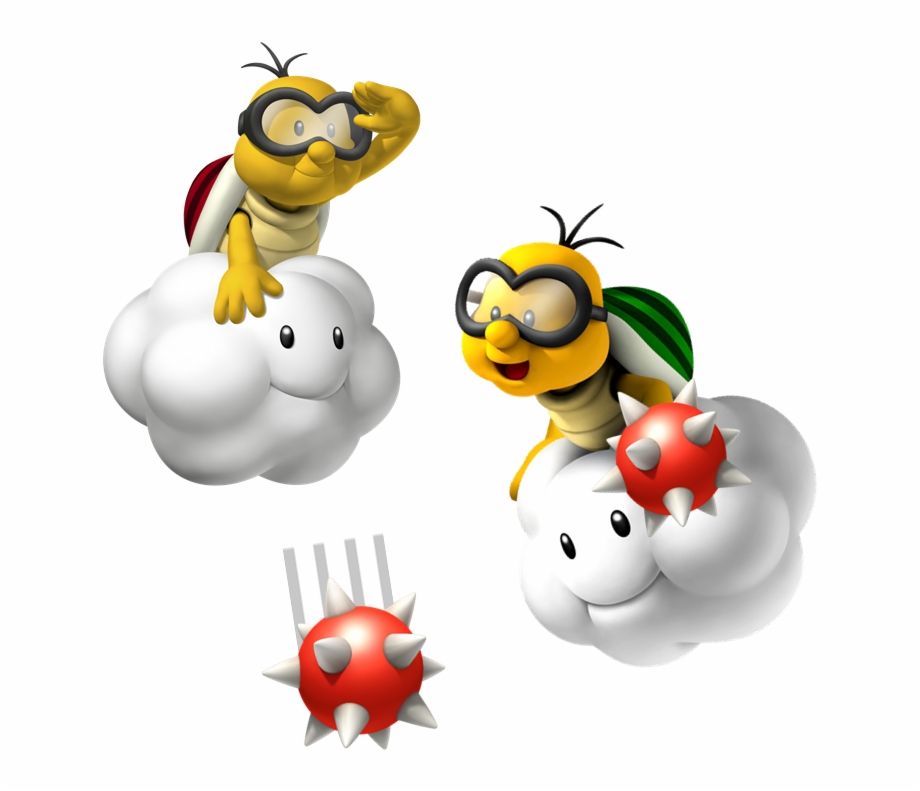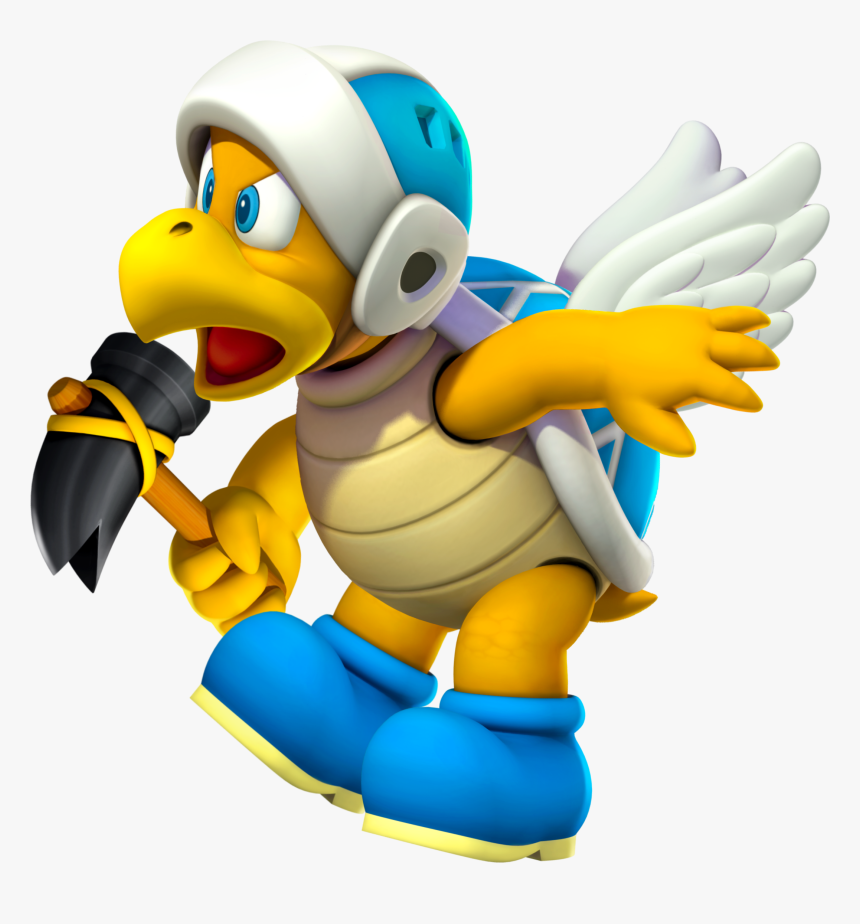Green Paratroopa Super Mario (Series) Desenho super mario, Festa de super mario, Decoração

Ilustração de nuvem de equitação tartaruga verde e amarela, New Super Mario Bros. Wii New Super
Super Mario Bros. Species Koopa Year Created 1985 Created by Shigeru Miyamoto Voiced by Dexter Manley (2005-2013) Tadd Morgan (2011, 2013-present) Quotes • Gallery Lakitu (JP ) are Koopas who ride clouds through the skies, mostly dropping Spiny Eggs on the ground or near the player.

Cloud Clipart Super Mario, Cloud Super Mario Transparent Super Paper Mario Lakitu Png
In the Mario universe, the turtle on the cloud is known as Lakitu. Lakitu is a recurring enemy in the Mario series, known for riding on a cloud and throwing Spiny Eggs at Mario or his allies. Lakitu has also been known to act as a camera operator in some games, following the player character and providing a point of view for the game's action.

Mario (Turtle and Cloud) 8bit Cinema 4d, Mario Characters, Fictional Characters, Fallout Vault
Koopas (once "the Koopa") [1] are a category of turtle-like creatures that form the Turtle Tribe (also known as the Koopa clan or Koopa tribe, not to be confused with the Koopa Troop ).

Image Lakitu Paper Png Turtle In Cloud Mario, Transparent Png kindpng
Super Mario Bros. Gameplay #1: Turtle On A CLOUD! Cloverman1000sARMY 16 subscribers 326 views 11 years ago Welcome back audience for a first installment of a Super Mario Bros. gameplay,.

Mario (Turtle and Cloud) 8bit Mario turtle, Mario characters, Cinema 4d
The Turtle Empire that rivals the Mushroom Kingdom. Led by King Bowser, they serve as the primary antagonists of the franchise. Bowser himself Bowser Jr. The Koopalings Other High Ranking Subordinates Bosses The Koopa Troop

Mario Cloud Guy Sprite
Lakitu's Clouds, occasionally formatted as Lakitu's clouds, [1] are a type of cloud with a smiley face, usually inhabited and maneuvered through the air by Lakitus. In some of the Super Mario titles, Mario can ride around in one. Contents 1 Appearance 2 History 2.1 Super Mario series 2.1.1 Super Mario Bros. 3 2.1.2 Super Mario World

Ilustración de tortuga roja, super mario bros. nuevo super mario bros mario kart doble tablero
Cloud Mario is a form of Mario that first appears in Super Mario Galaxy 2. Mario takes this form after obtaining a Cloud Flower, and it is the most common form in the game. The Fluffy Bluff Galaxy and Cloudy Court Galaxy make prominent use of Cloud Mario. Contents 1 History 1.1 Super Mario series 1.1.1 Super Mario Galaxy 2 1.2 Mario Tennis Open

Five Super Mario World Enemies that Ruin Lives
Koopa Paratroopas (also known as Para-Koopas, Sky Troopas in Super Mario RPG: Legend of the Seven Stars, Koopa Flying Troopers [1], or simply Paratroopas) are winged Koopa Troopas. They lose their wings when they are stomped in the air, turning them into regular Koopa Troopas.

The longest three seconds of your life was waiting for this guy to save you. New Super Mario
A Lakitu's Cloud is a cloud with a smiley face that is often inhabited and moved around in by a Lakitu.Lakitu's Clouds make their first appearance in Super Mario Bros., alongside Lakitus, and have since made several reappearances alongside them throughout the Mario franchise.. Lakitu's Cloud is notably featured as an item in Super Mario Bros. 3, in which it is named Jugem's Cloud, with Jugem.

Nuvem Mario Png Turtle On Cloud Mario Transparent PNG 700x907 Free Download on NicePNG
Koopas are a race of green and yellow turtle-like creatures originated from Koopa Kingdom. There are many different types of Koopas, the best-known of which are the Koopa Troopas. Most Koopas seem to operate in a hierarchy-based grouping system. Bowser is the leader of the Koopa Troop, which has invaded Mushroom Kingdom many times and has control over most of the Koopas in the Mario series.

[36+] Lakitu Wallpaper
Sea Turtles, marine turtles that serve as three rival racing opponents in Donkey Kong Jungle Beat. Giant Turtle, a character from The Legend of Zelda: Majora's Mask that appears in Great Bay in Super Smash Bros. Melee and Super Smash Bros. Ultimate. This is a disambiguation page — a list of pages that otherwise might share the same title.

Super Mario Flying Turtle, HD Png Download kindpng
Who is the turtle on the cloud in Mario? Updated: 4/28/2022 Wiki User ∙ 14y ago Study now See answer (1) Best Answer Copy He is one of the lakitu Bros. For reference:-.

tartaruganuvem2 New Super Mario Bros Wii Daniel Costa Flickr
Lakitus are Koopas who ride clouds through the skies, mostly dropping Spiny Eggs on the ground or near the player. When they are defeated, their clouds can sometimes be ridden for a short amount of time. In other games, however, they take on friendly roles, such as refereeing races, tennis and baseball games, and even filming Mario's adventures.

Cloud Clipart Mario Bros Koopa Troopa, HD Png Download 815x1208(4791761) PngFind
Koopa Troopas (ノコノコ, Nokonoko?), often named simply Koopas, are a recurring species throughout the Mario franchise. They first appeared in Super Mario Bros., although have predecessors named Shellcreepers that first appear in Mario Bros.. Koopa Troopas are a tortoise-like species and the primary member of the Koopa species. They generally have a yellow body and wear a Koopa Shell.
Wii New Super Mario Bros. Wii Lakitu The Models Resource
In the world of Mario, the turtle on a cloud is commonly associated with Lakitu. This character first appeared in Super Mario Bros. and has since become a recurring enemy and occasional ally of Mario. Lakitu is known for riding a cloud and throwing Spiny eggs at Mario, but can also be seen in various other roles throughout the Mario franchise.

Green Paratroopa Super Mario (Series) Desenho super mario, Festa de super mario, Decoração
Koopa Troopas are anthropomorphic, turtle-like creatures with removable shells that come in many different colors, with red and green Koopa Troopas being the most common; green Koopa Troopas usually walk back and forth without any concerns for pits. Koopa Troopa From the Super Mario Wiki, the Mario encyclopedia Jump to navigationJump to search